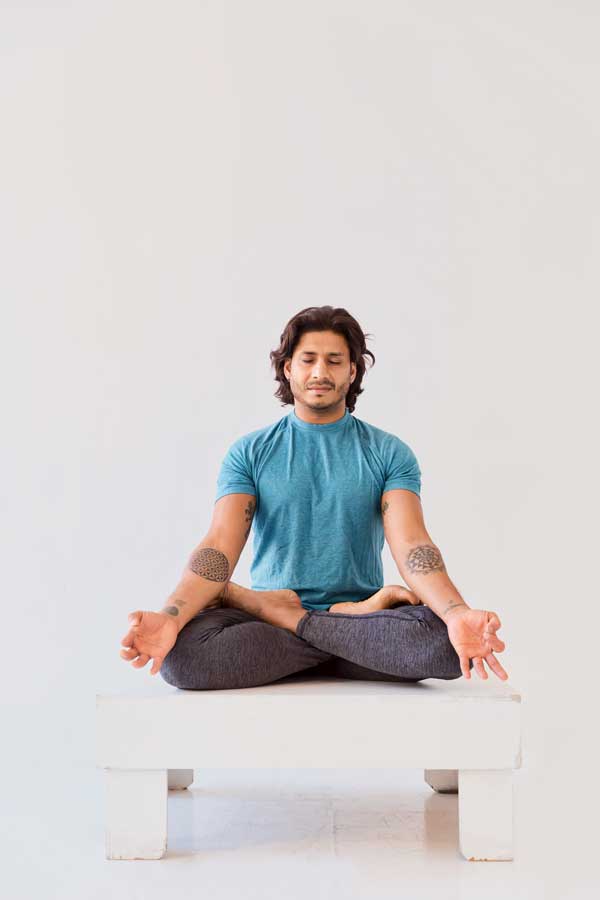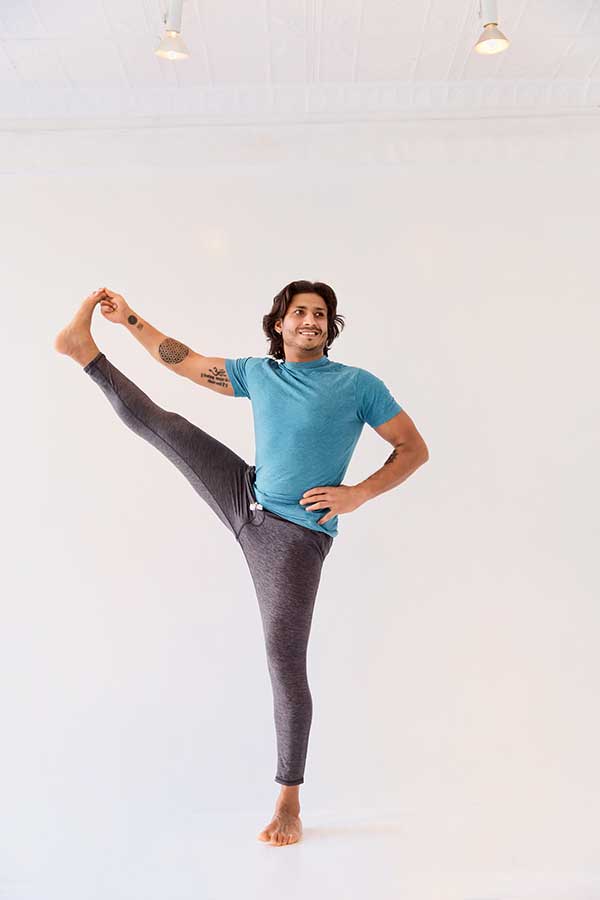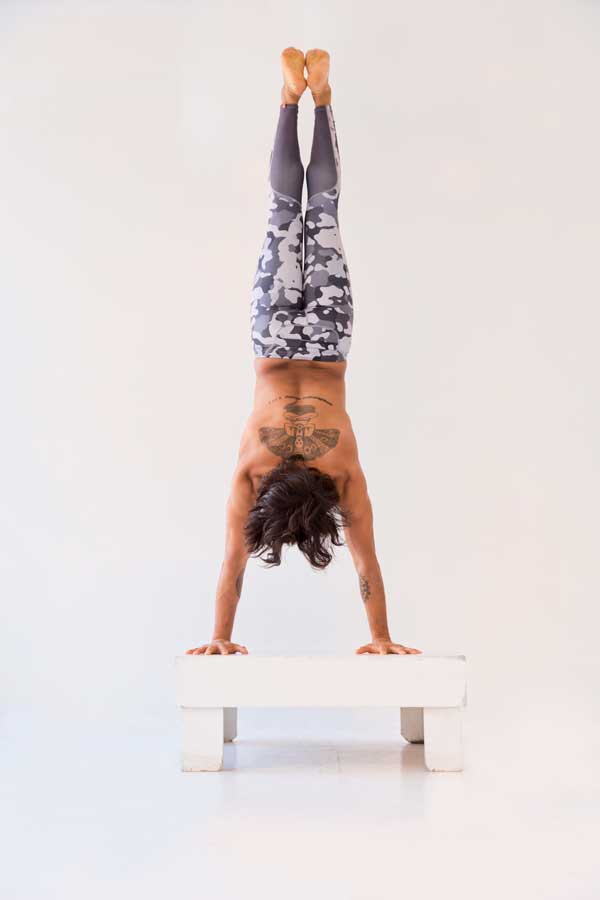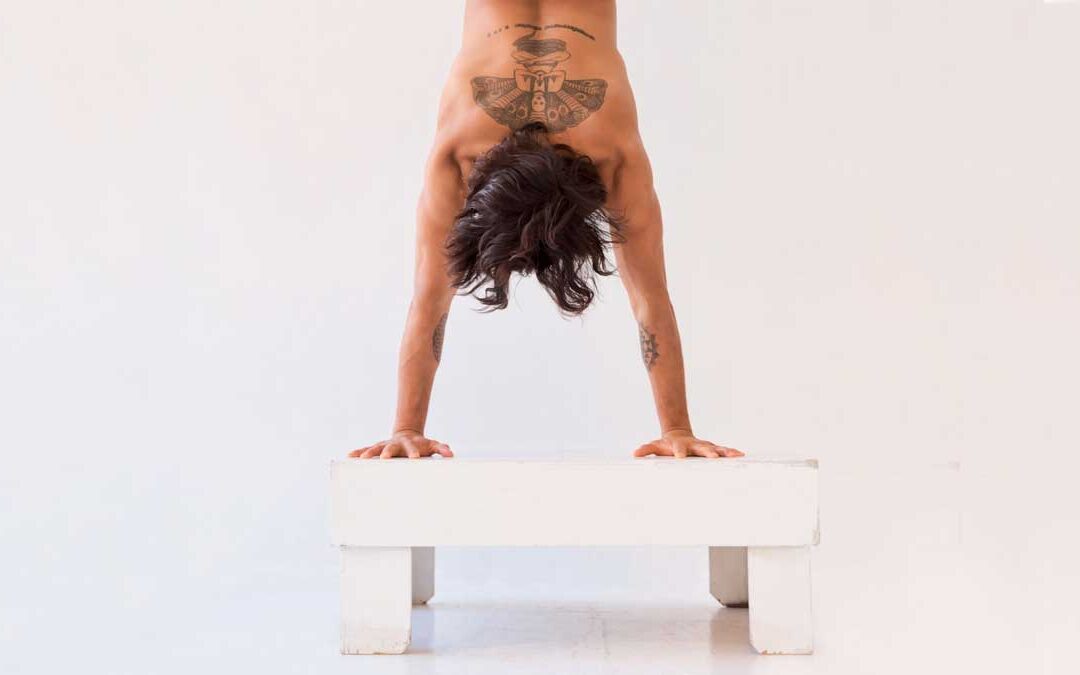
PRACTICING FOR LIFE’S DIFFERENT STAGES
Practicing For Life’s Different Stages
Photos: Chas Kimbrell
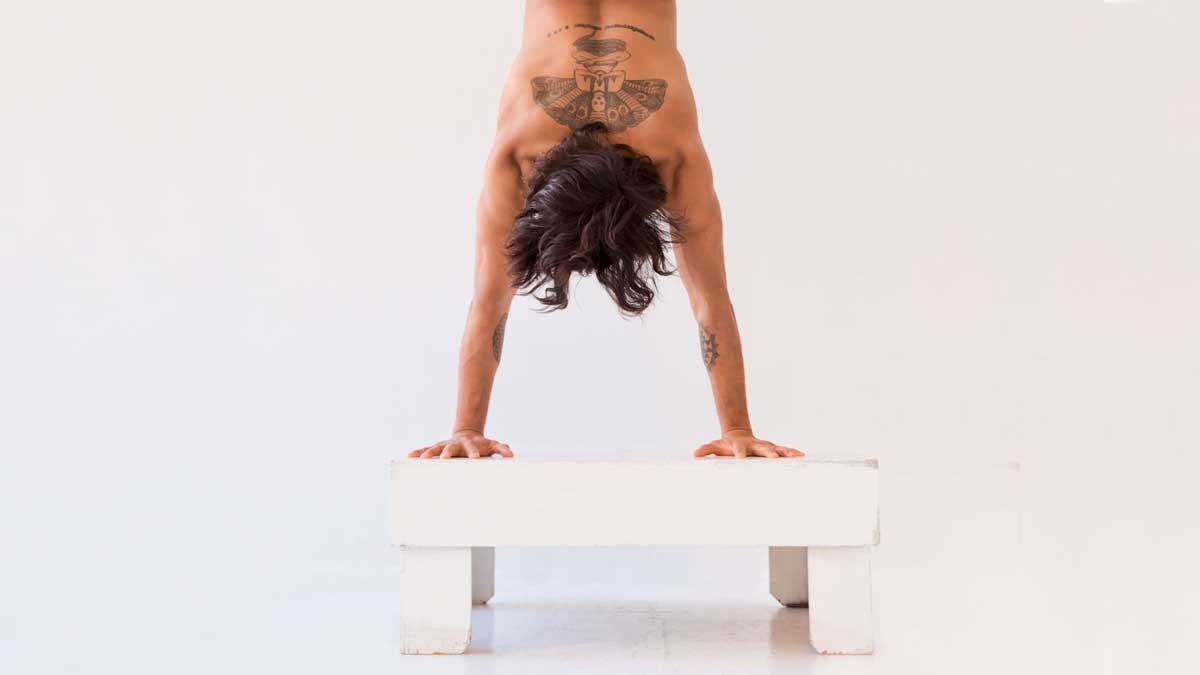
We are the first generation to be able to see what thirty years of a consistent, physically demanding yoga practice produces. Some folks look rested, bright, agile and positively energetic. Others look ragged, dry to the bone, exhausted and hobbling. Some of this boils down to genetic predisposition and lifestyle choices like rest, nutrition and sleep. We should definitely keep an eye on adapting our practice to each new decade of life. Wisdom is the trimming away of the un-essentials.
Vinyasa yoga is a very attractive form of exercise that has numerous physical and psychological benefits. The practice hones our attention, and when done consistently, can be deeply revealing. In New York City, as in any large metropolis, it’s easy to pour the addictive side of our personalities into the practice and pursue poses like rungs on the career ladder. Most practitioners have gotten carried away with the physical side of the practice at some point. After injury, or total exhaustion, we may ask ourselves: “What is the right way to practice, for the current stage of my life?” At age 42, I’ve made every practice mistake in the book. After 18 years on the path, I have started to adapt the practice to a new goal: living a long, healthy, mindful life. I practice fewer asanas, vary my physical exercise movements, and sit in daily meditation. Here are my tips and what to consider for the evolution of your practice:
INTELLIGENT DESIGN
For a decade I practiced 4 hours of asana, daily. Now, I’ve shifted my approach to reflect positive aging, with a focus on long-term bone health and muscle strength. I now practice 5 hours of vinyasa yoga, 2 hours of weight-training, 2 hours of martial arts, and one dance class, per week. This kind of periodization is a systematic planning of one’s physical training through the arch of a year. To avoid exhaustion, injury, and mental fatigue it involves zoning in on one part of the year devoted to peak performance. Different phases are divided with different goals. I intentionally allow the body to pack on 10 extra pounds of weight in the winter, while running 2-3 times per week in the summer to lower my body fat percentage to reflect peak fitness and extra self-discipline. Then I let it go. I’m no longer trying for personal records. My aim is to harmonize strength, endurance, flexibility, brain health, and physical balance, while respecting the body’s need for rest.
AGE
Ride the physical peak, if you feel inclined to do so! From puberty to the mid 30’s most people go beast mode. Once adapted to training, the body recovers well from hard practices as well as injuries. When I worked with the New York Yankees, we called age 33 onwards the “back stretch of a guy’s professional career.” For most athletes, this is when their pitches slow down and agility declines. It’s important to recalibrate after age 40. Everyone after 40 should incorporate weight training, because it maintains bone health, tendon strength and muscle mass, which declines with time. The consequences of over-training or moving inappropriately are greater after 40. Youth forgives many training mistakes, but men and women over 40 carry less testosterone and the body does not heal as quickly as it once did.
CONSTITUTION
Initially, I’d advise approaching yoga practice with skepticism, become a tourist, and visit several schools. You will find a yoga style that moves your heart, and more importantly, fits your constitution. You may be drawn to the mantras, meditation and vegetarian diet associated with Jivamukti Yoga. Personally, I find Iyengar yoga too intellectual as a daily practice, but use it as a supplement to my Ashtanga practice. In order to dig the well very deep, and find water, it’s best to stick with one style.
ANCESTRY
Additionally, look over your shoulder and explore where your ancestors lived. You are likely to perform best with the foods that match the region your genes spring from. Anyone hawking a one size fits all training or nutrition program is selling a false bill of goods. Constantly experiment, and listen to the body for feedback. It’s best to select locally grown/raised food, so as to adapt your immune system to the pathogens of your area.
VOCATION
Some folks have jobs that require more physical energy, while others are sitting at a desk and using more mental energy. Our brains burn about 30 percent of all calories consumed, but our lower backs, biceps, quadriceps and core muscles are firing differently. If you work in an office all day, a 90 minute vigorous vinyasa class may reconnect your head to all four limbs and the axial skeleton. The key is to think of how to appropriate your energy.
NEW MOVEMENT
Asana practice is more or less linear, with lots of repetition. This allows us to deepen our flexibility and develop a personal relationship to each pose, with regard to our specific anatomical proportions. All good stuff, but it comes at a price. Once we master a specific set of movements, the brain undergoes “synaptic pruning,” a process by which extra neurons and synaptic connections are eliminated in order to increase the efficiency of neuronal transmissions. In order to engage and maintain neuro-plasticity (the ability of the brain to form and reorganize synaptic connections throughout life), we should always be practicing some new form of movement that we have not mastered. Supplements to an asana practice could be, salsa dancing, basketball, martial arts or even juggling. When we are learning something new we engage the primary motor cortex of the brain, which is responsible for the preparation of movement, the sensory guidance of movement, the spatial guidance of reaching, and the control of trunk muscles in the body. So always study something new for long-term brain health and plasticity.
PATIENCE
Asana practice is preparation for sitting still. It makes us comfortable enough in our bodies so we can meditate. If you have been practicing asanas for over 10 years you should be able to sit still for 20 minutes twice per day. If you don’t want that, that’s fine my point is that there is no need to overemphasize the physical, or remain attached to hundreds of poses for a lifetime. When I turned 40 I gave myself permission to put on 15 pounds of muscle, and parted ways with some asana such as Marichyasana D, Pashasana, and Kapotasana. I’m content with Mari B, Ardha Matsyendrasana, and Urdvha Dhanurasana. The vigorous, high volume vinyasa practice of my 30’s had done its job. I now practice more meditation and fewer postures, which yields extra energy that can be applied towards my creative work. One of the biggest lessons I’ve scooped on the path is to be flexible and treat myself with respect. A wonderful meditation practice that pairs well with asanas is the Buddha’s technique, Vipassana. Like asana, it is sensation-oriented, and centered around what is happening in the body/mind system at the moment.
LOVE
Even the times where I got injured, tried too hard, thought I knew it all, or taught beyond my experience, are all worth it. I now accept the mystery of “not knowing” and the wisdom that comes from embracing all the parts of myself. I’ve learned to maintain healthy boundaries in my personal and professional life. So much of who I am today, is a result of all the blood, sweat and tears that were shed on my mat for two decades. I am more reverent than ever for the practice and am grateful that I have two arms and legs that allow me to continue the exploration. Practice creates an involution of energy and awareness. What you find there, in inner space is between You and infinity, your karma, and the capacity to interpret your experience. It is very personal. Be loving towards yourself, and allow long-term thinking to shape your approach to the practice.
Jai Sugrim is a Yoga Teacher, Athletic Trainer, Public Speaker, recognized Men’s Health Expert and creator of the Jai Sugrim Method. For more visit jaisugrim.com

